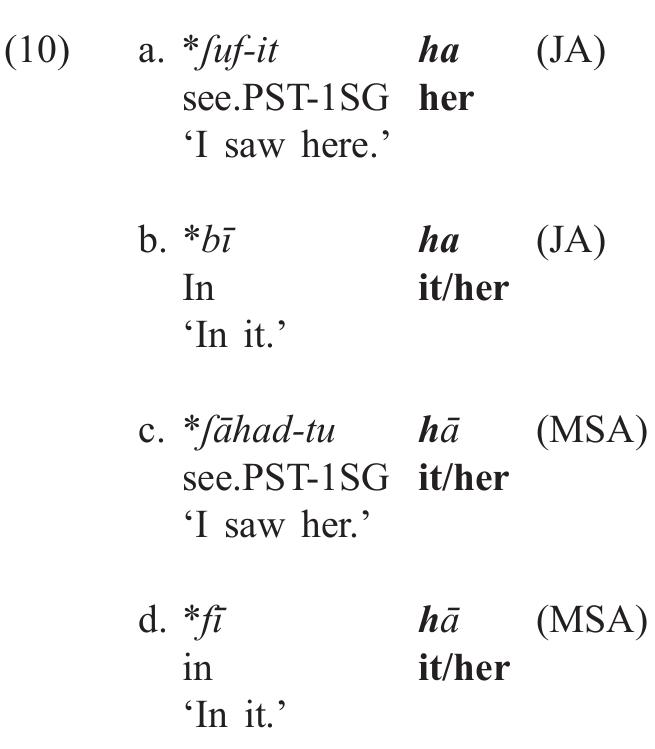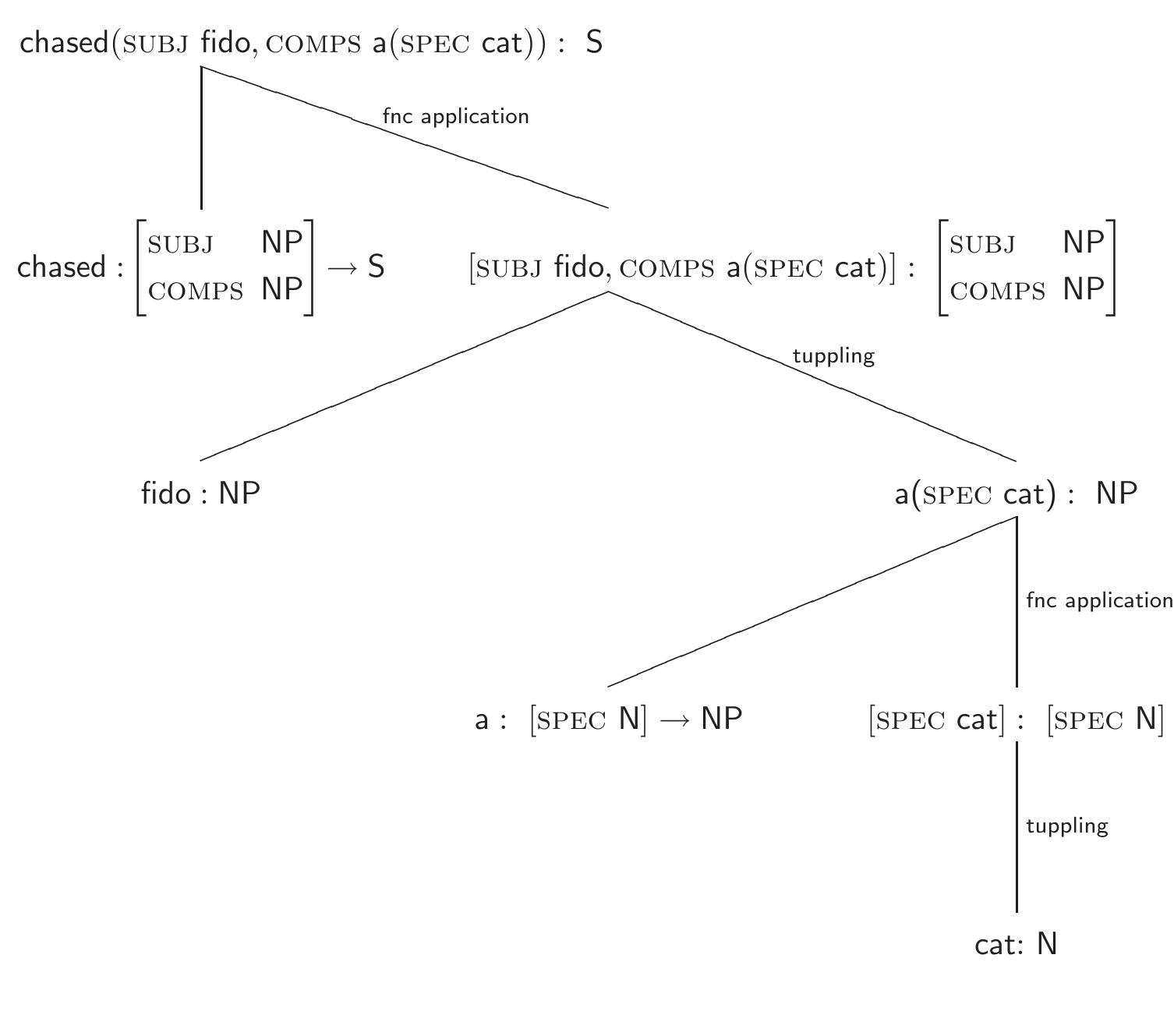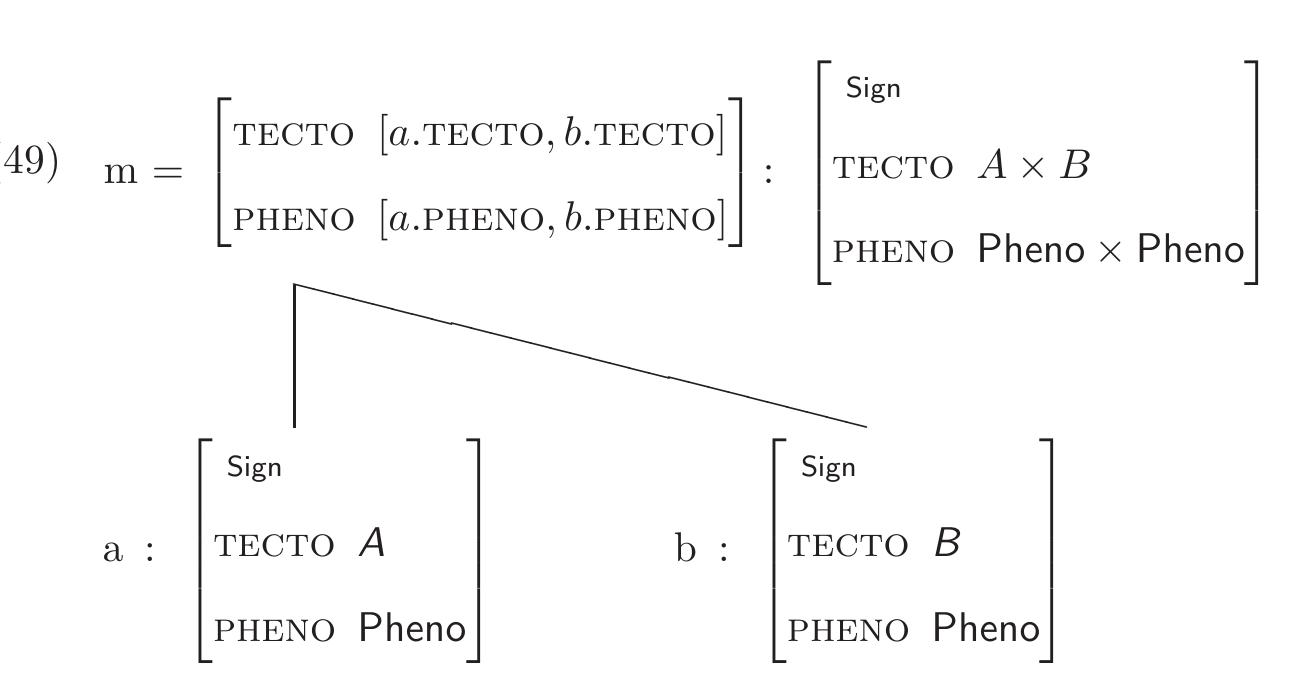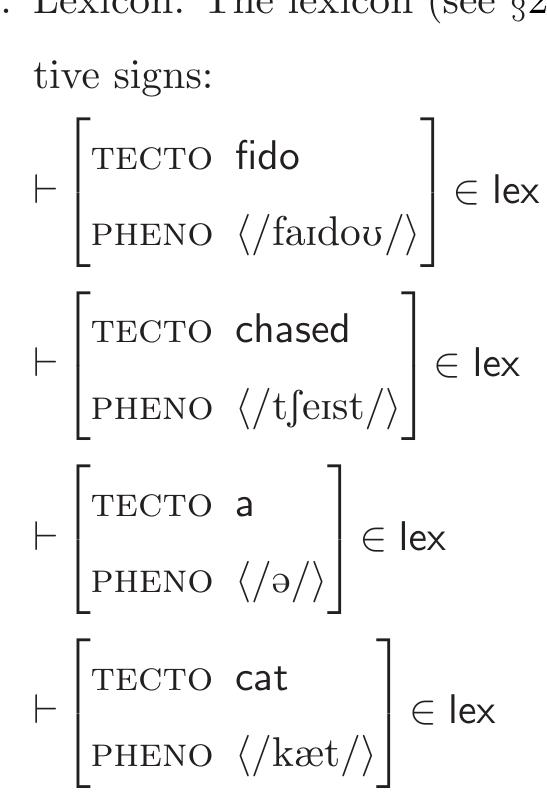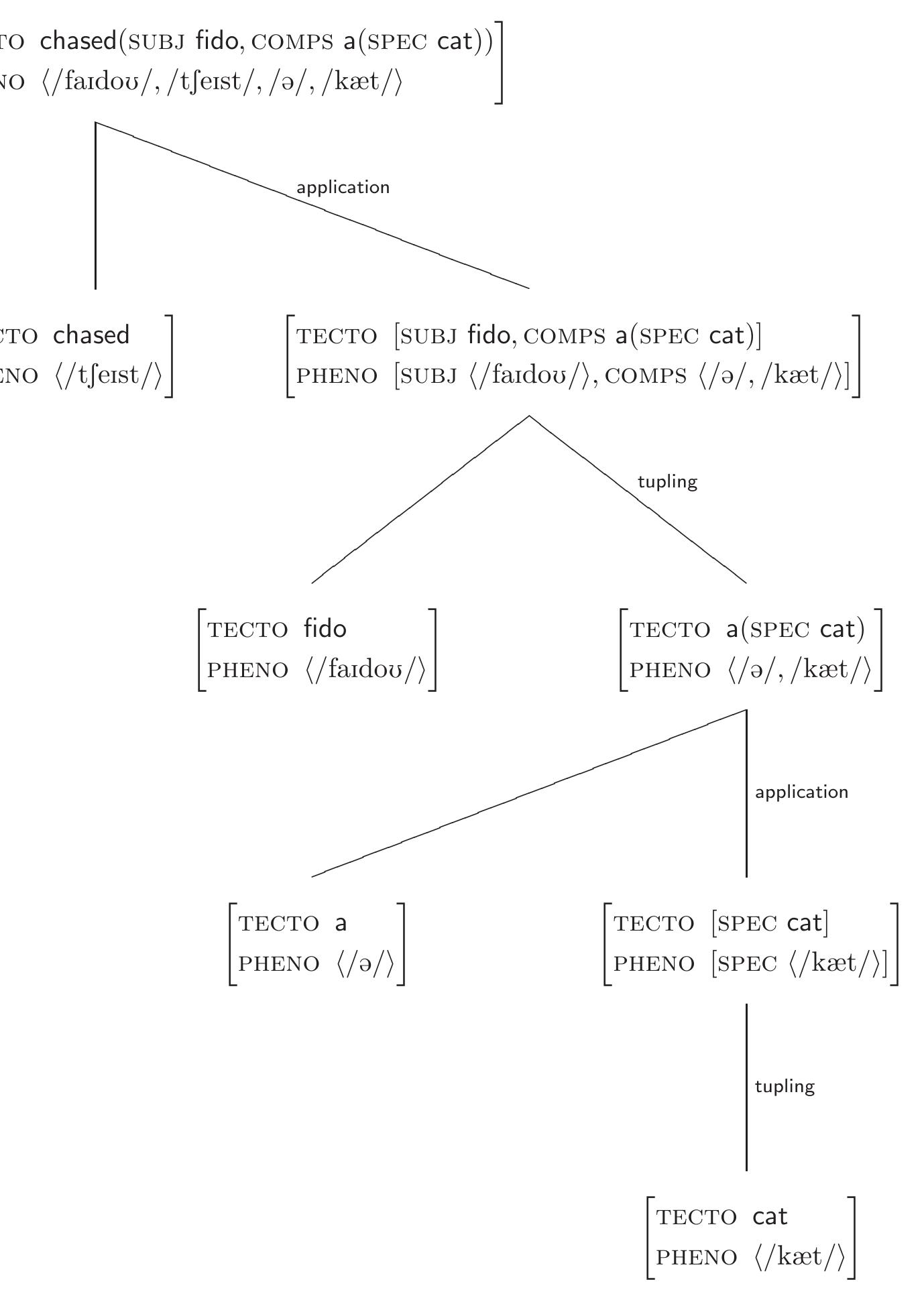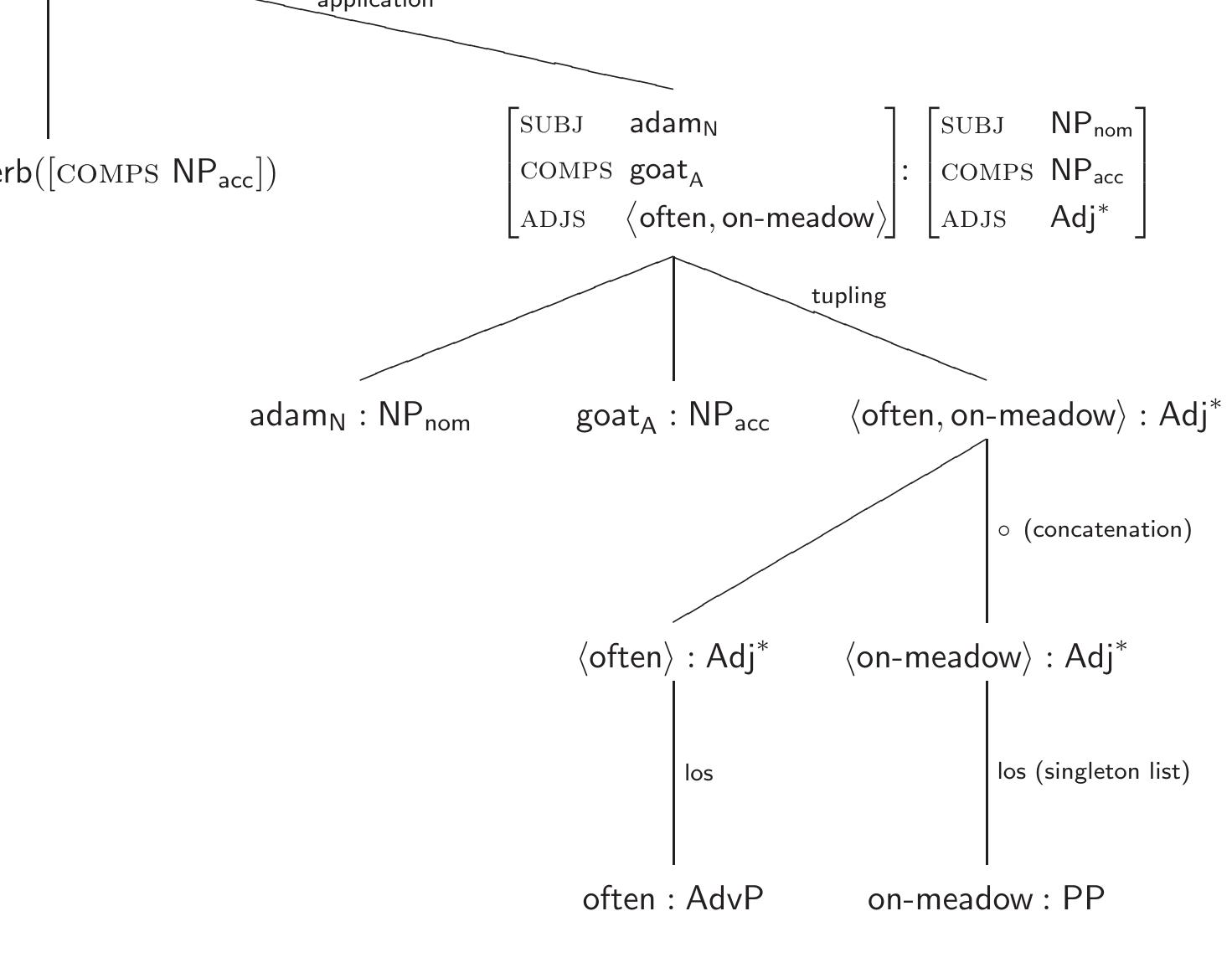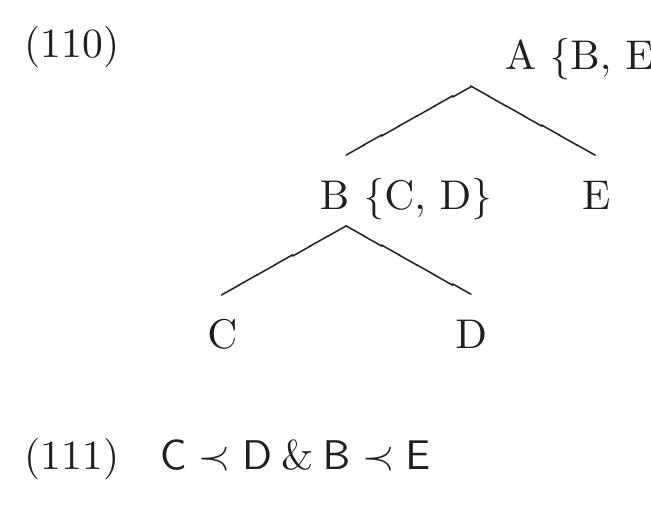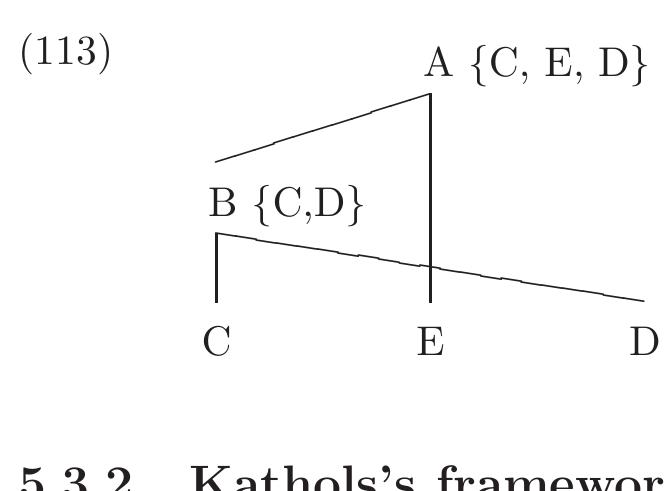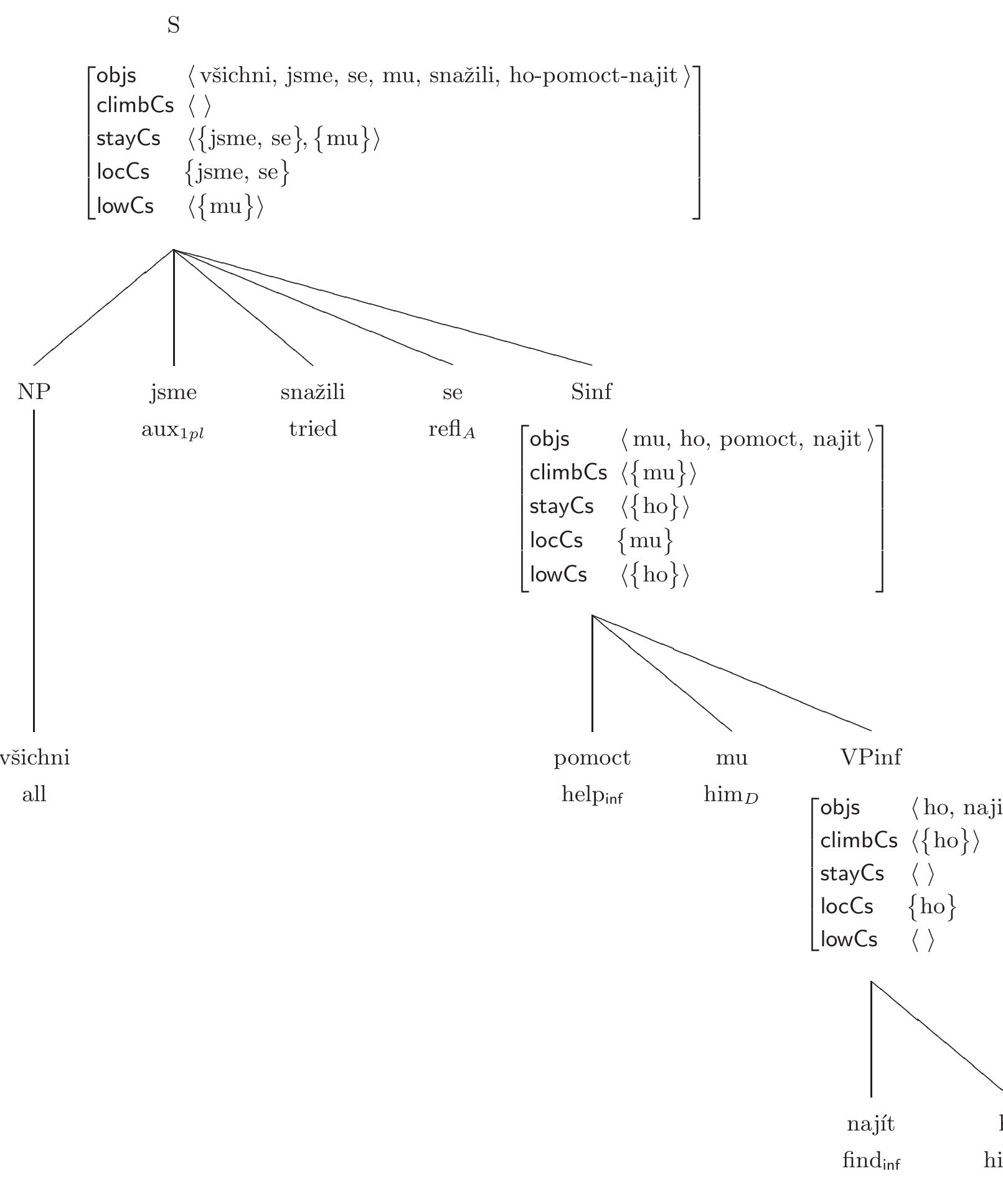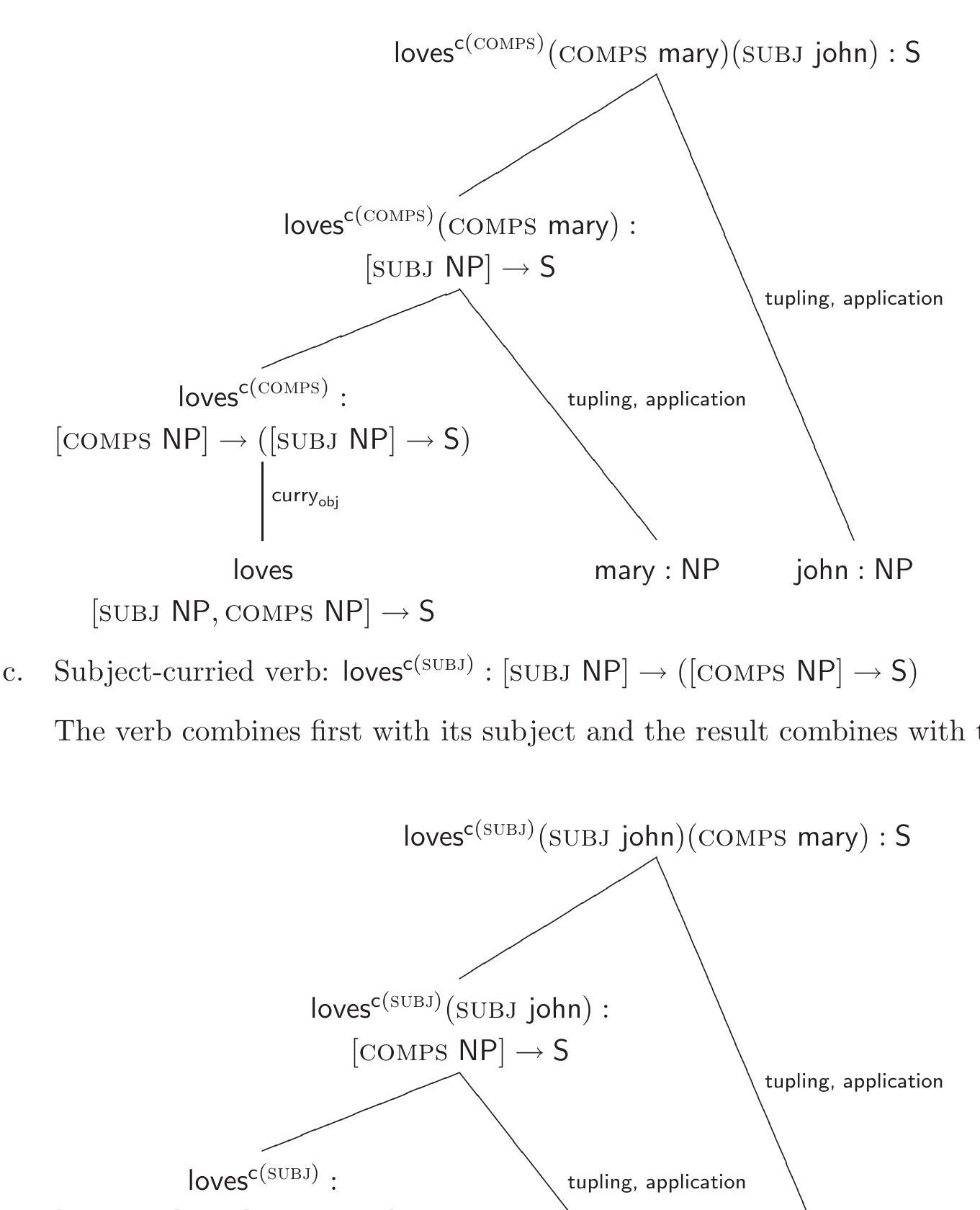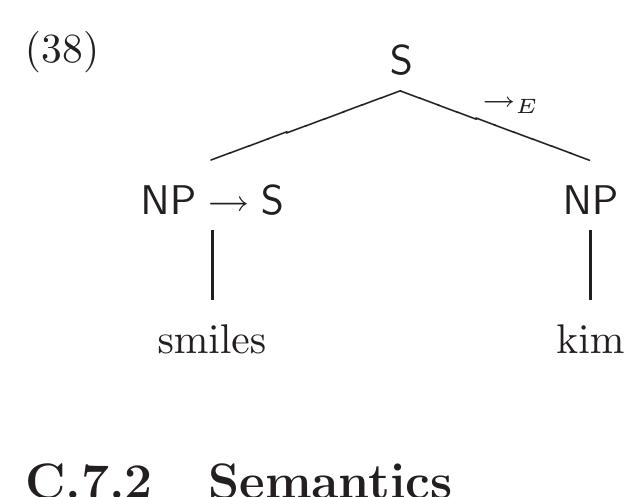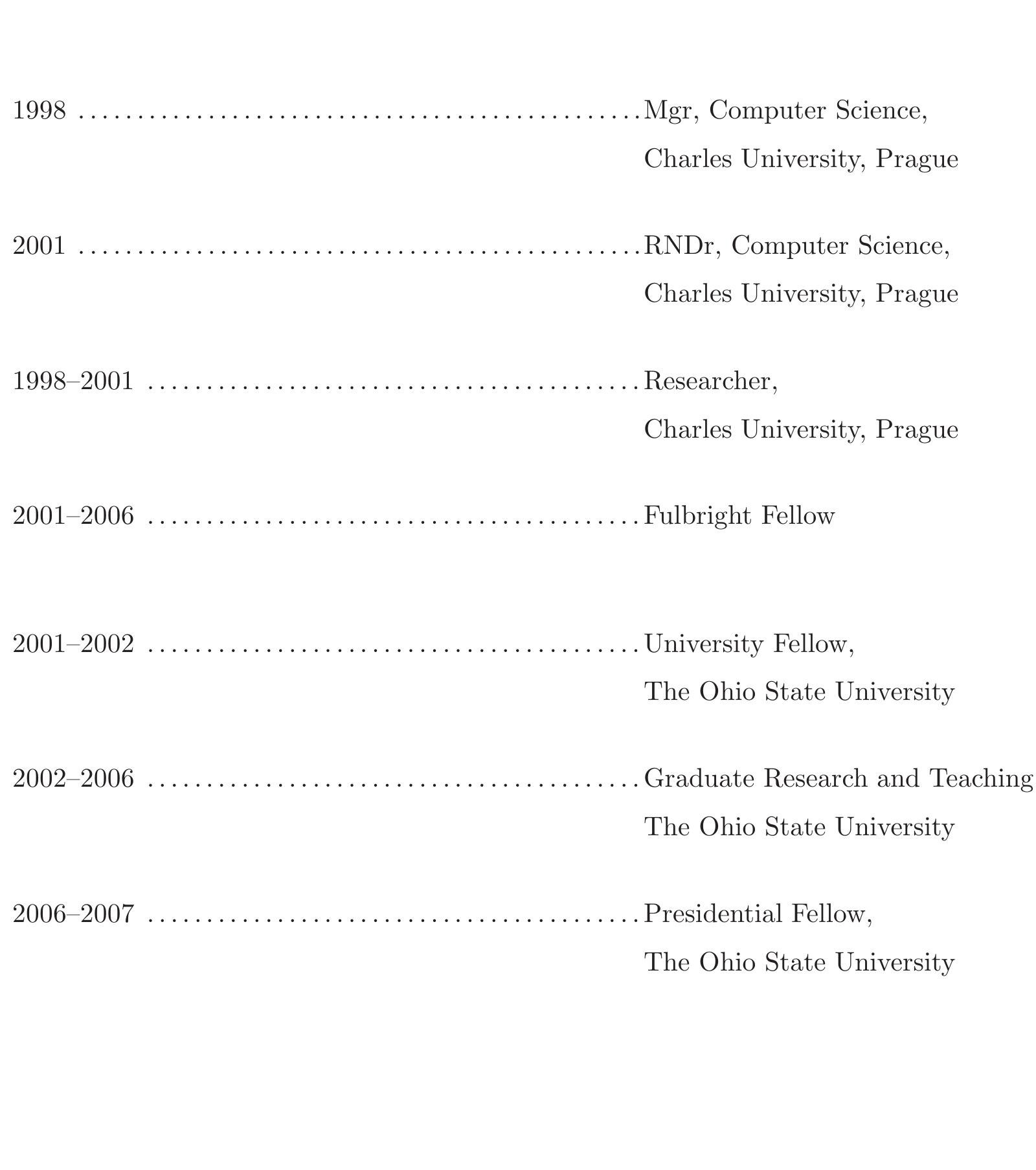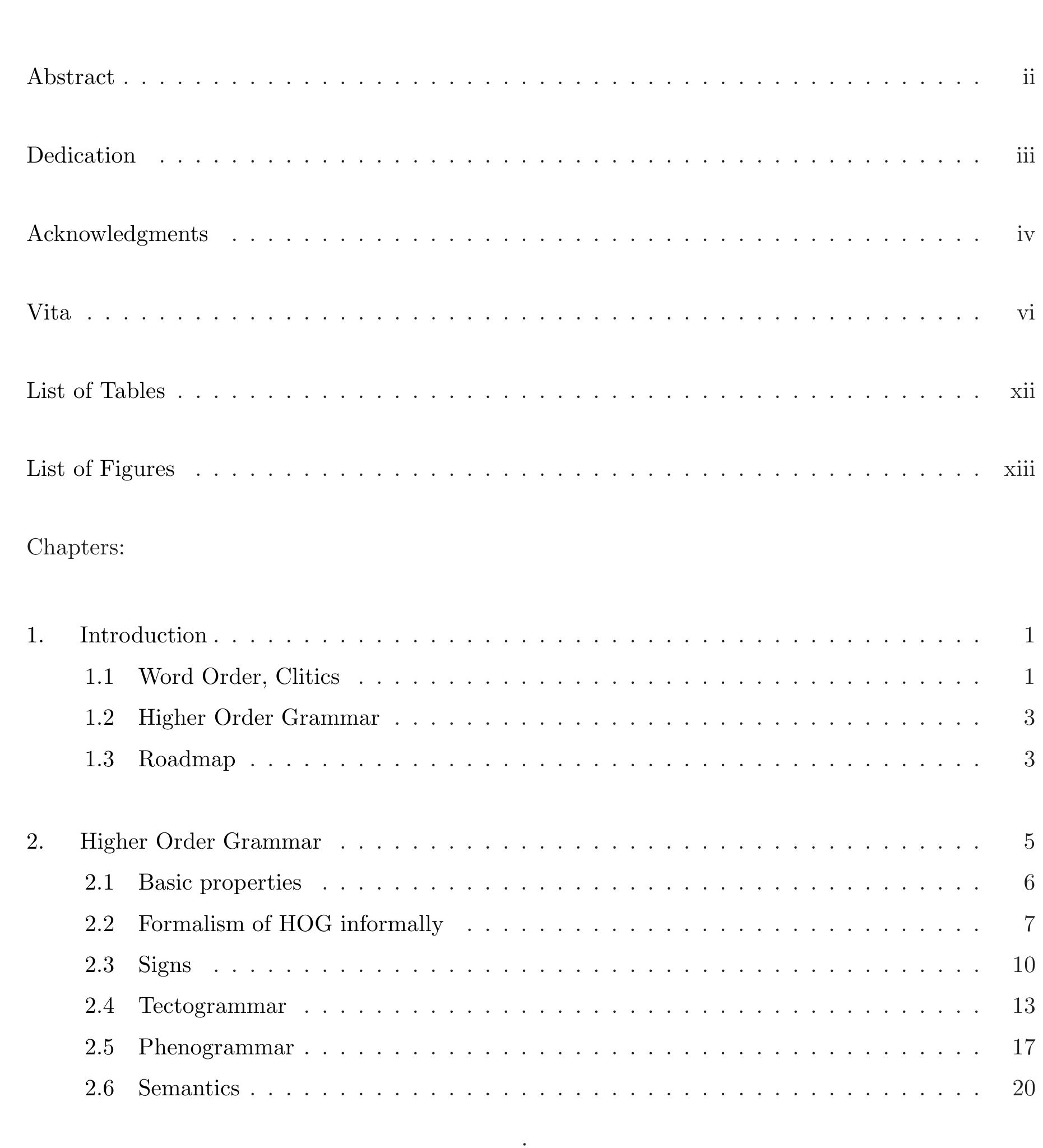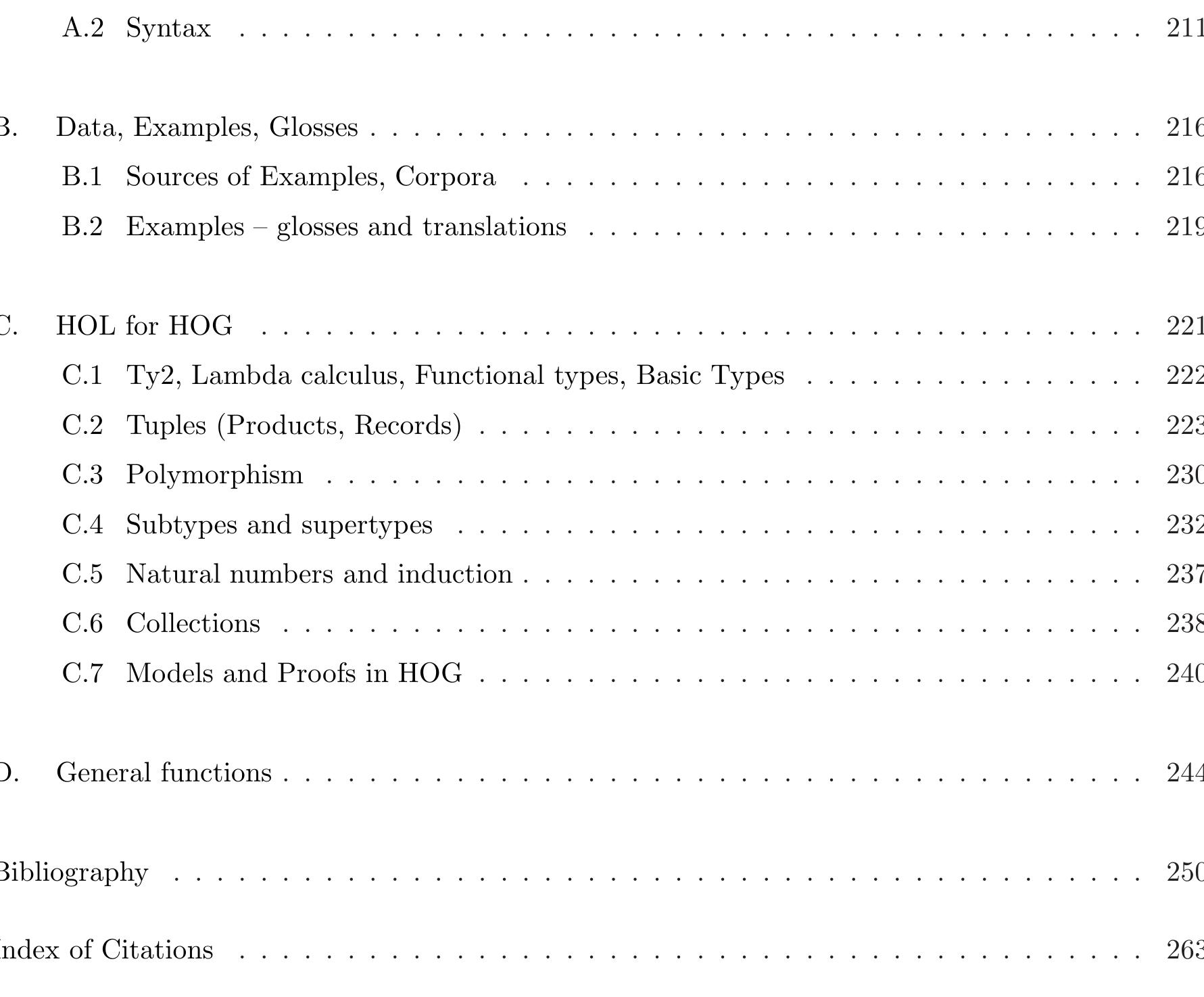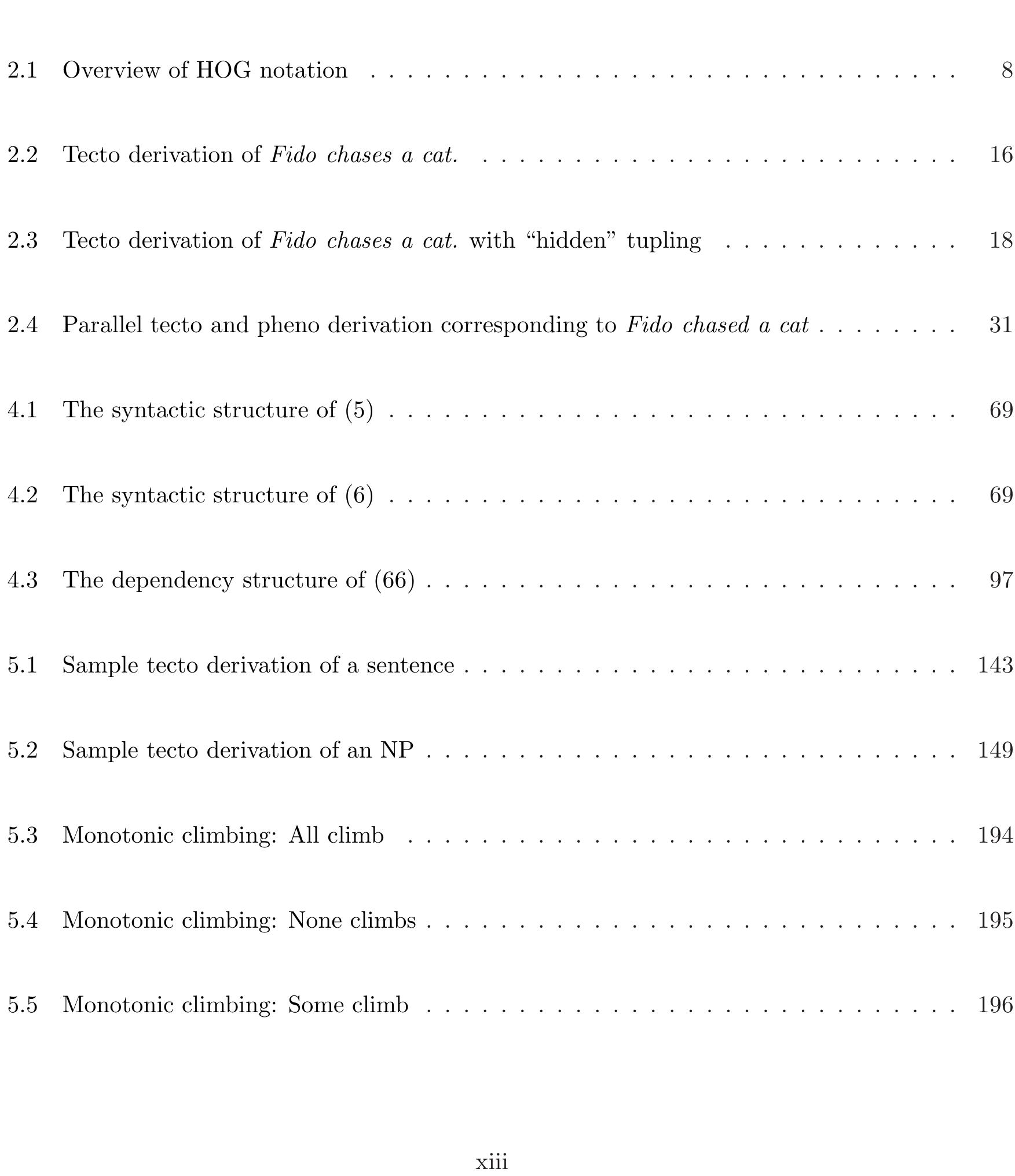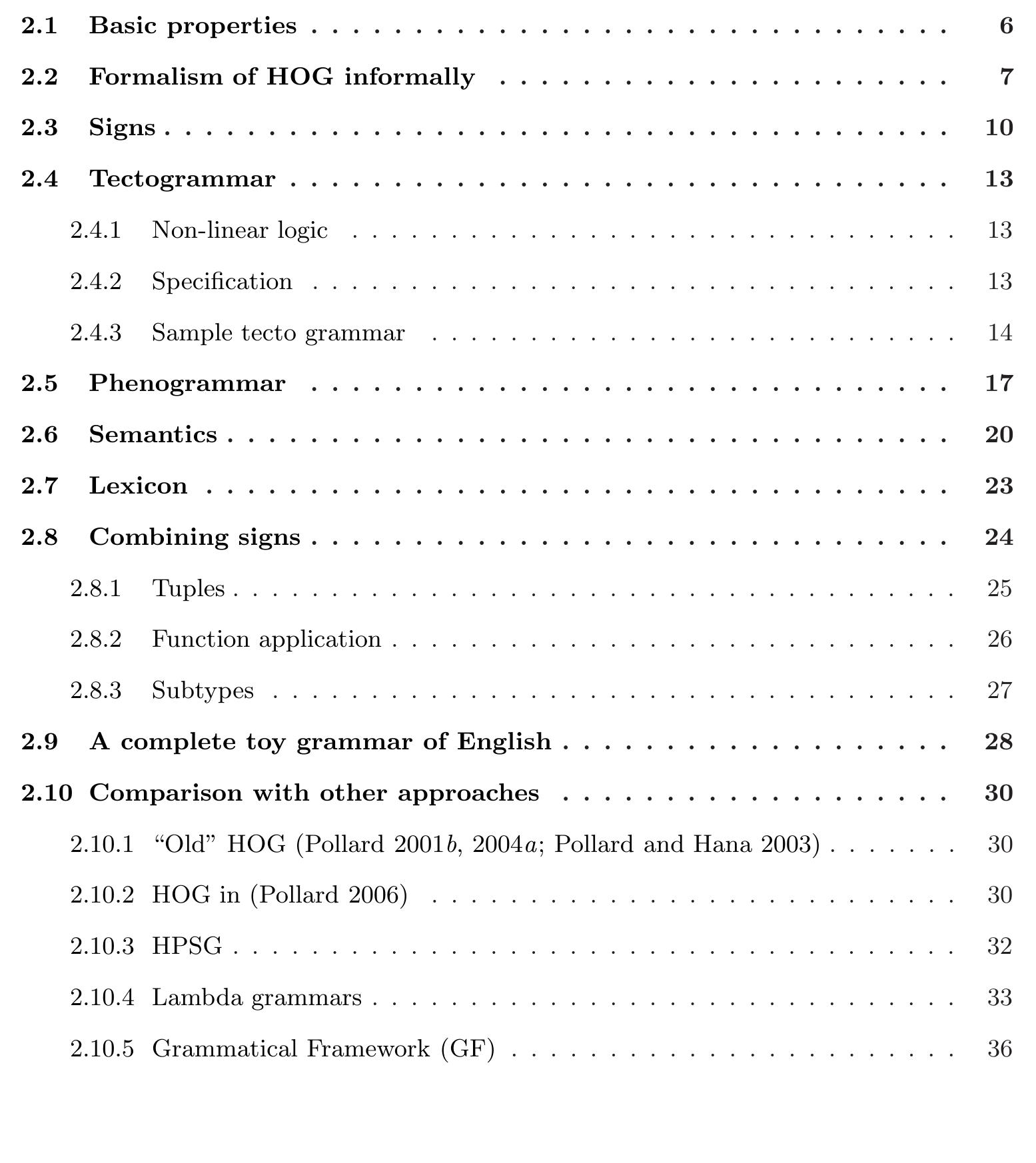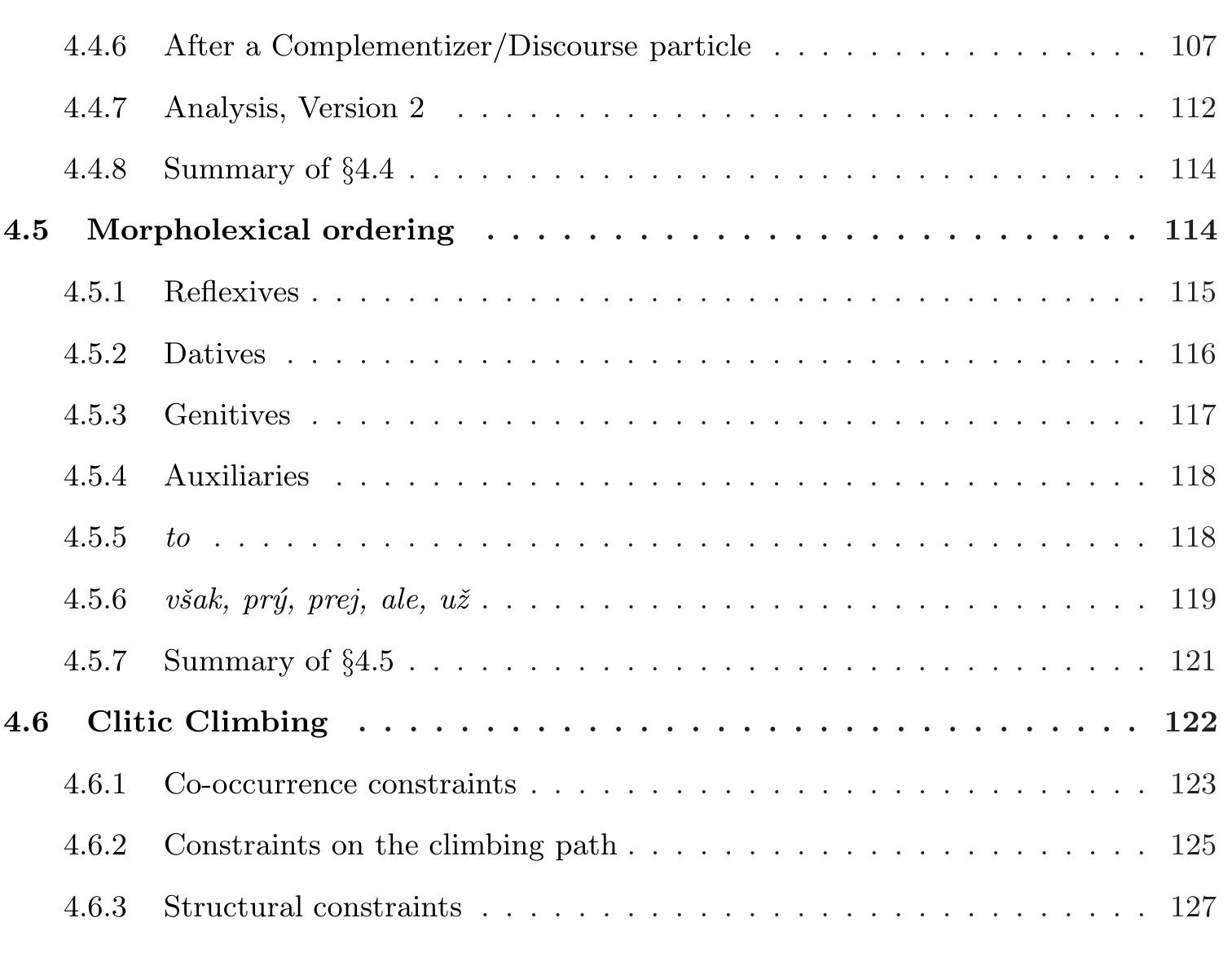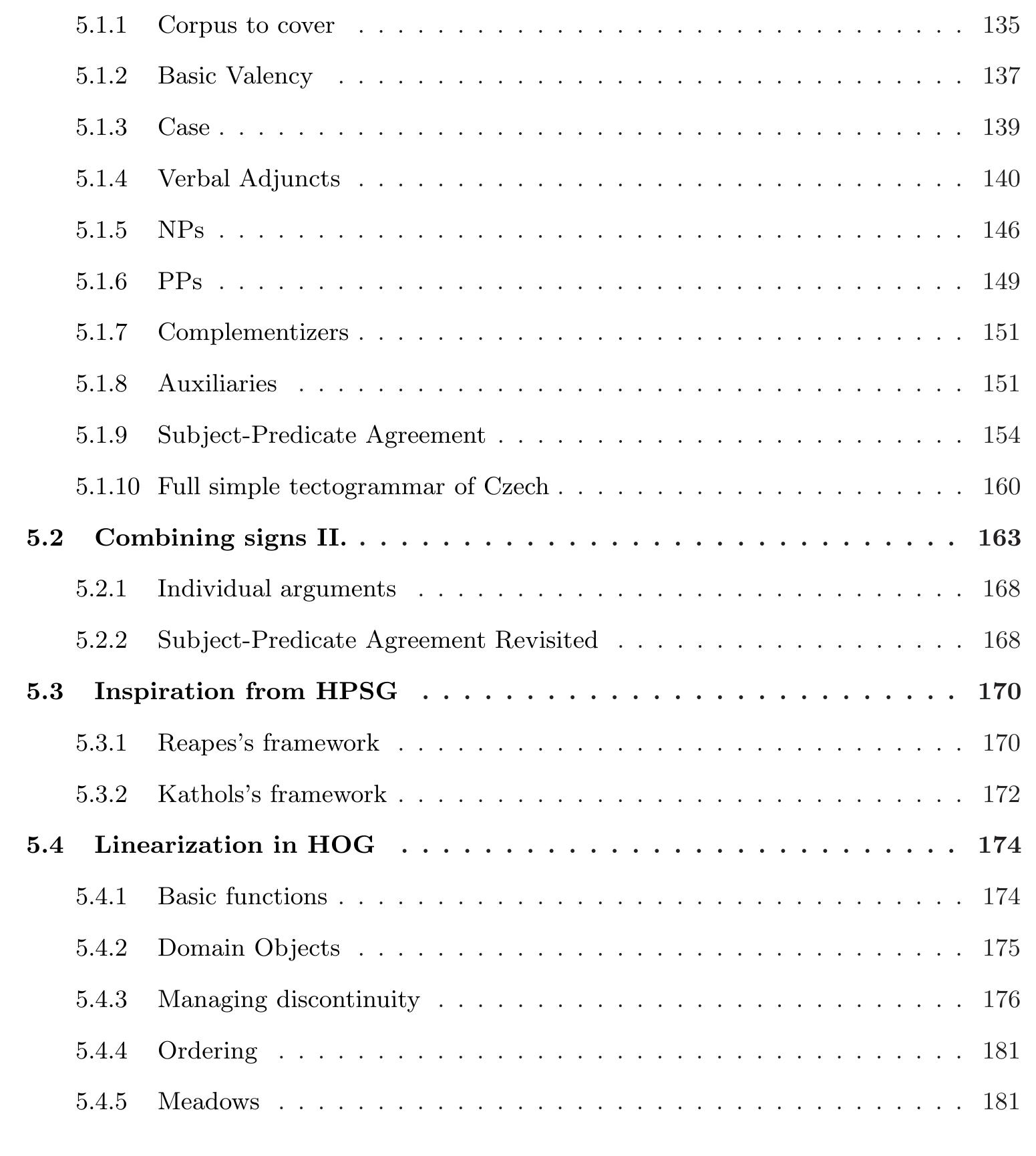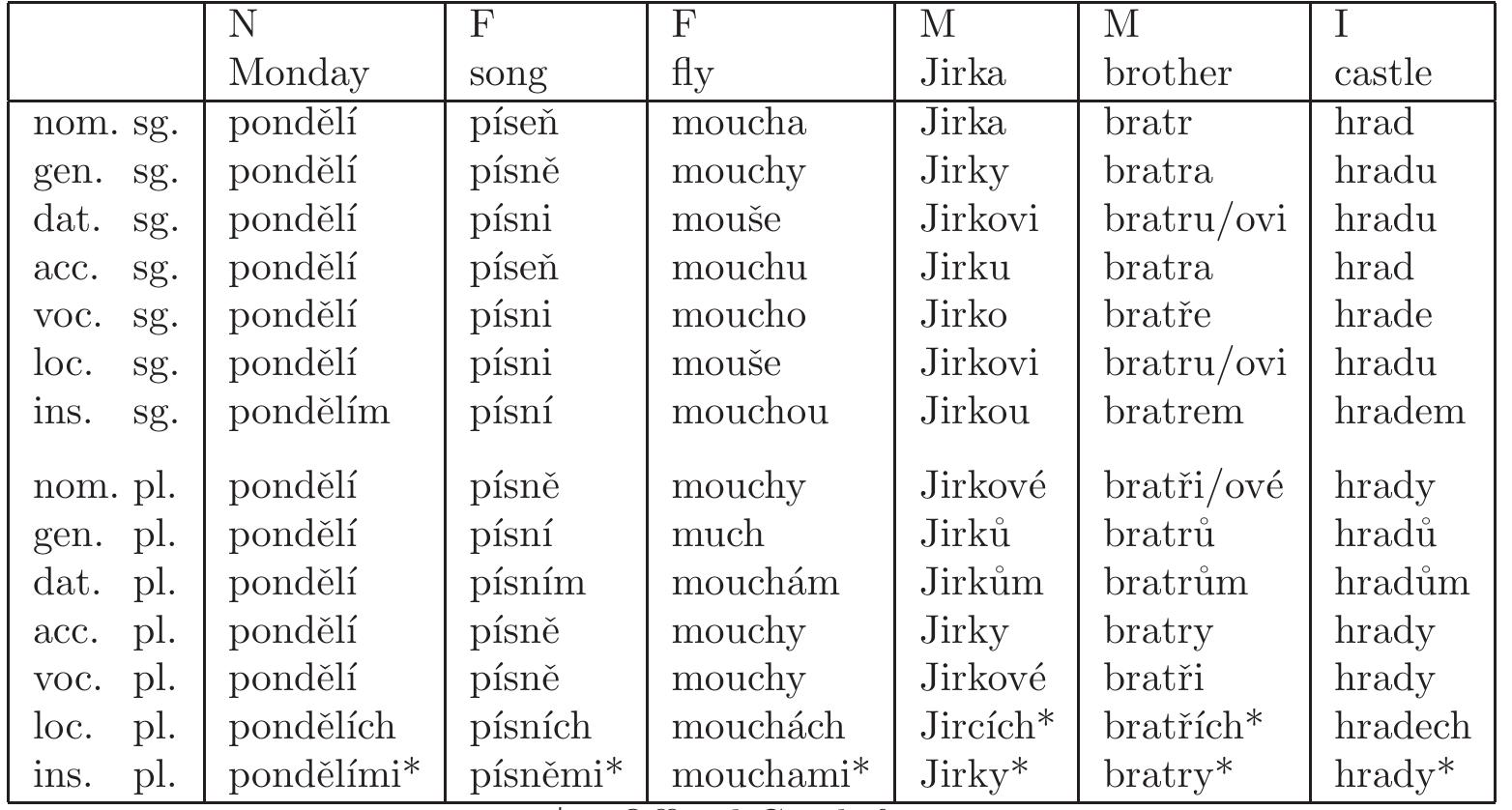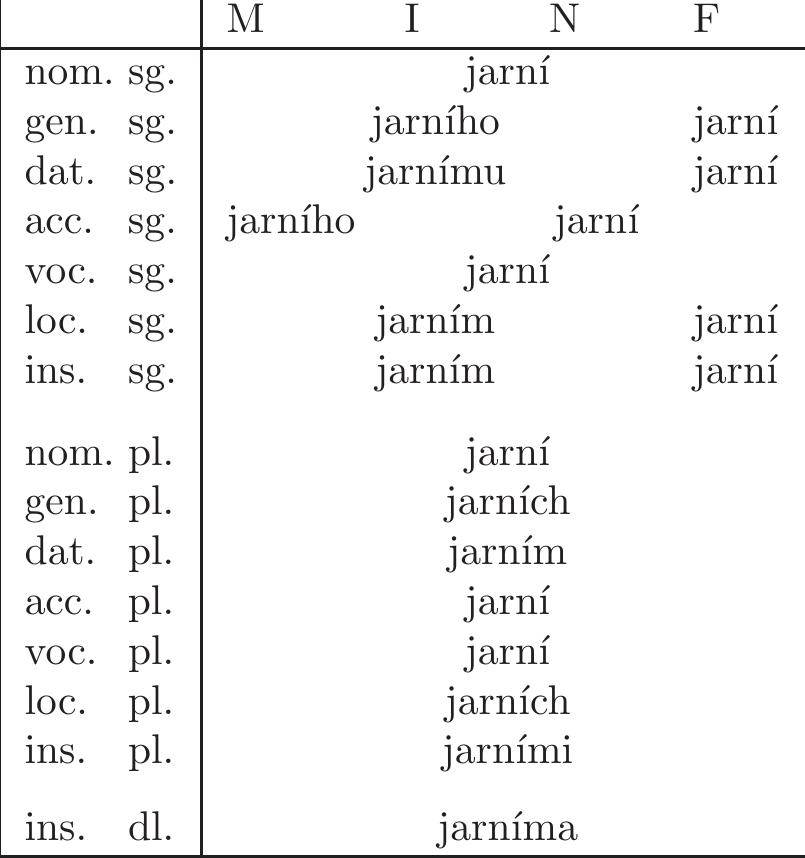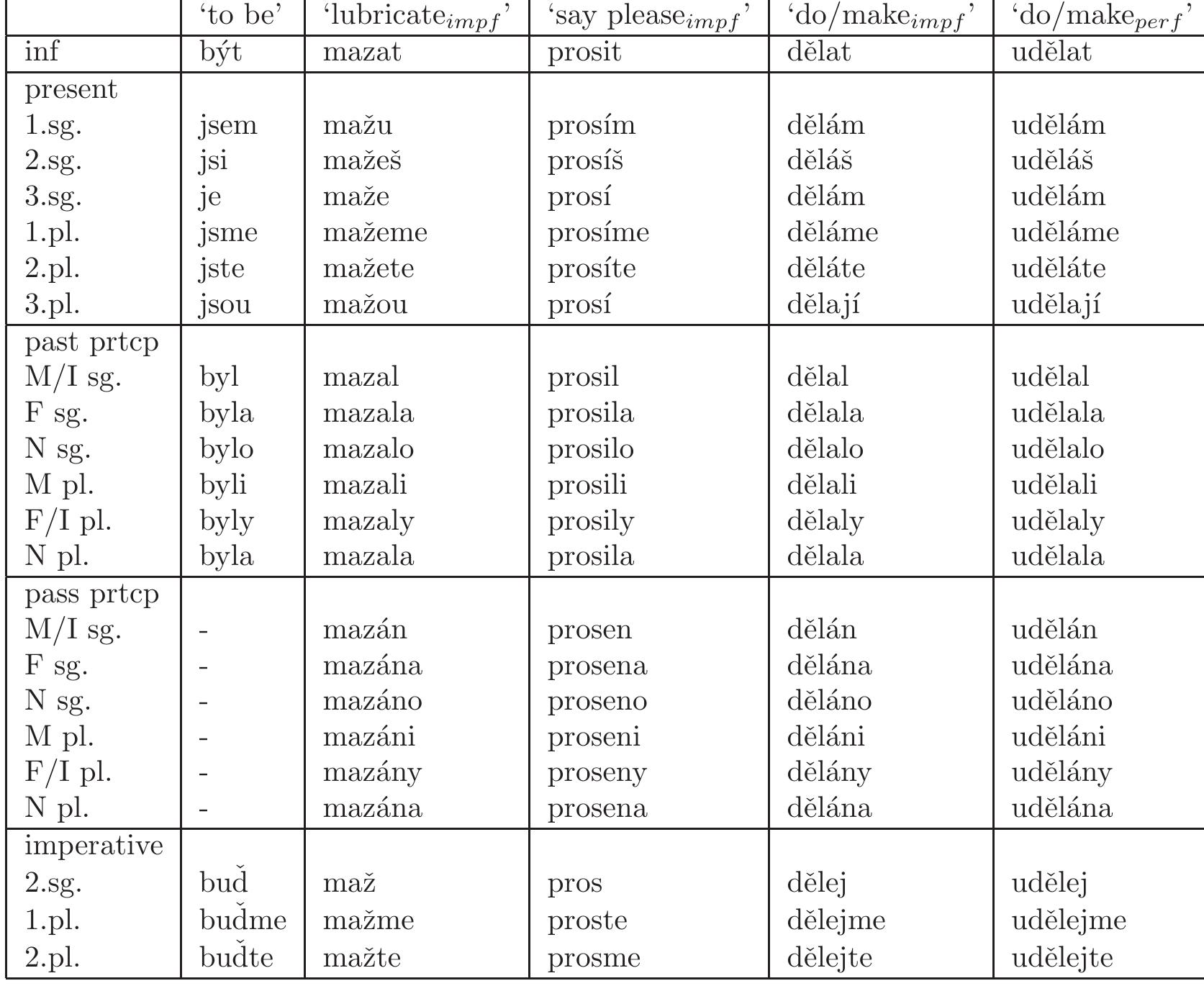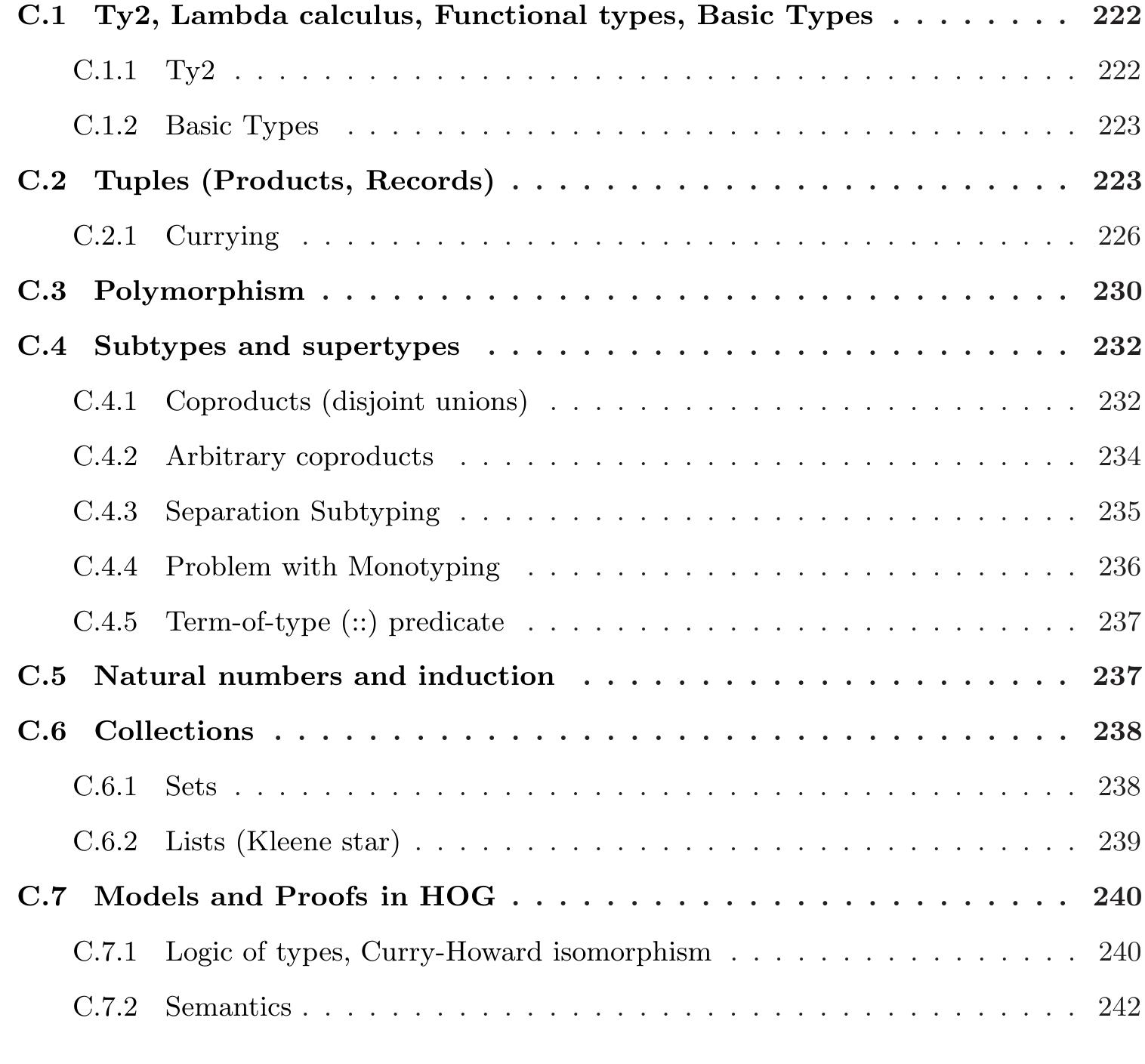Andrej A. Zaliznjak's recent book, Drevnerusskie ènklitiki, explains the need for a book about Old Russian enclitics by stating that while the enclitics of the South and West Slavic languages have attracted great interest, those of Old...
moreAndrej A. Zaliznjak's recent book, Drevnerusskie ènklitiki, explains the need for a book about Old Russian enclitics by stating that while the enclitics of the South and West Slavic languages have attracted great interest, those of Old Russian have been largely ignored. Very little literature on the subject exists, and Zaliznjak cites only two studies, both dating from 1935: Gunnarsson's study of sę and Jakobson's small article about the Slavic enclitics as a whole. In Zaliznjak's opinion, this lack of interest has been caused by the absence of good sources for colloquial Old Russian speech, until the discovery of the Novgorod birch bark documents in 1951. The author also notes that histories of the Russian language do not contain chapters on the enclitics of Old Russian. Thus, the present study has the goal of providing the first modern, comprehensive study of Old Russian enclitics, in which the sources of Old Russian colloquial speech are fully taken into account. In addition to the author's use of the birch bark documents, he also makes extensive use of all the instances of direct speech, found in the Kievan letopis', since this also provides good evidence about colloquial uses of Old Russian. This book is intended as a complete and comprehensive expansion of the author's earlier 1993 article on the birch bark documents. It also draws from the author's 1985 book on the history of Slavic accentuation. The author makes the important statement that the goal of the book is not the comparison of Old Russian enclitics with those of other Indo-European languages or with the South and West Slavic languages. It appears that this statement was made for the purpose of explaining the absence of a discussion of the many recent studies of Slavic enclitics which have appeared in recent years, since it has become a topic of great interest to Slavists. At first glance, it seemed surprising that the references about Slavic enclitics are little more than the two 1935 sources mentioned above. One does not find such recent work as the Handbook of Slavic Clitics (Franks and King, 2000), or the large number of clitic references that one can find in their bibliography (pp. 377-392). One might have expected a bit more about the current literature on the subject, although Zaliznjak's position is understandable. After all, his book is the first to bring the enclitics of the birch bark documents and many other Old Russian manuscripts into the field of scholarly study. As the author mentions, the study of clitics has both phonological and syntactic aspects. Further, he states that "practically the only Old Russian manuscript from which one could directly extract information about enclitic accentuation" (p. 11) is the Čudov New Testament, due to the fact that it is accented. Therefore, in order to utilize the birch bark documents and other colloquial sources, it is necessary to use unaccented sources. Thus, accentological analysis plays only a secondary role, and the syntactic position of clitics is the main basis for judgements about their behavior. In fact, the central concept of this entire book is the explanation and prediction of those instances of Old Russian enclitics which do not conform to Wackernagel's Law, which specifies that enclitics must occupy the second position in a sentence. Therefore, every possible instance of a non-second place location of enclitics is analyzed by the author on the basis of many parameters, which constitute the chapters of this book. I will now give a brief account of the book's contents and how each chapter relates to the main theme of explaining how deviations from Wackernagel's Law might be explained. The first chapter, devoted to the main rules of enclitic behavior, introduces the most important concepts and parameters which are in constant use throughout the book. If one looks at enclitic order (i.e. "ranking"), the first five ranks of enclitics to occur-že, li, bo, ti (not the dative pronoun), and by-are considered to be the older and more stable group, and also can be called the "strong clitics" (p. 51). Conversely, the latter three ranks (dative pronouns mi, si, ti, accusative pronouns mę, sę, tę, and the copula) are the "weak clitics," although there is a descending scale of strength within each group.






